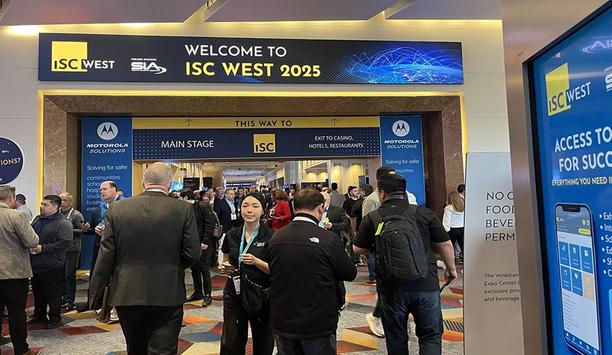 |
| MorphoTrak has been at the forefront of fingerprint matching research and development since 1974 |
MorphoTrak, a Morpho (Safran) company based in the U.S., announced recently its 40th anniversary as the pioneer developer of Automated Fingerprint Identification Systems (AFIS).
MorphoTrak traces its history in fingerprint matching to Rockwell Autonetics, which in 1974 built the first-ever Automated Fingerprint components for the Federal Bureau of Investigation (FBI). Rockwell spun off its fingerprint unit as Rockwell Printrak in the 1980s. Printrak was acquired by Motorola in the year 2000, and then by the leading fingerprint system vendor, Sagem Morpho (part of Safran), to become MorphoTrak in 2009.
“MorphoTrak has been at the forefront of fingerprint matching research and development since our roots in 1974," stated Celeste Thomasson, President and CEO of MorphoTrak. "We are proud to be part of a technology legacy that is such an integral part of law enforcement and public safety in the U.S. and around the world."
Over the past 40 years, AFIS technology has progressed significantly. Today, thanks to improvements in both matching algorithms and system architecture, AFIS systems are faster and more accurate, searching more data than ever before. The 1990s brought "composite" systems that were able to select the best prints available from multiple arrests of a single individual. In the early 2000s, "multi-incident" systems added the ability to also perform searches against each individual arrest record, and also against the flat impressions on a fingerprint card.
The latest evolution in AFIS is the ability to search all areas of the hand known as "Major Case Prints". The FBI's NGI (Next Generation Identification) program has this new capability. This technology was provided by MorphoTrak and is also now available on MorphoBIS which is widely used by law enforcement across the U.S. Law enforcement agencies submitting prints to NGI now have an expanded searchable area of the hand well beyond the area covered in a standard tenprint records. The majority of prints left at crime scenes are comprised of prints not covered by the standard tenprint record. This leads to more crimes solved and safer communities, particularly with the new NGI system currently housing 120 million print records and performing over 10,000 latent searches per month.



















